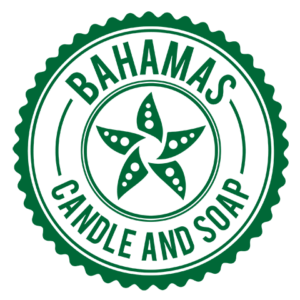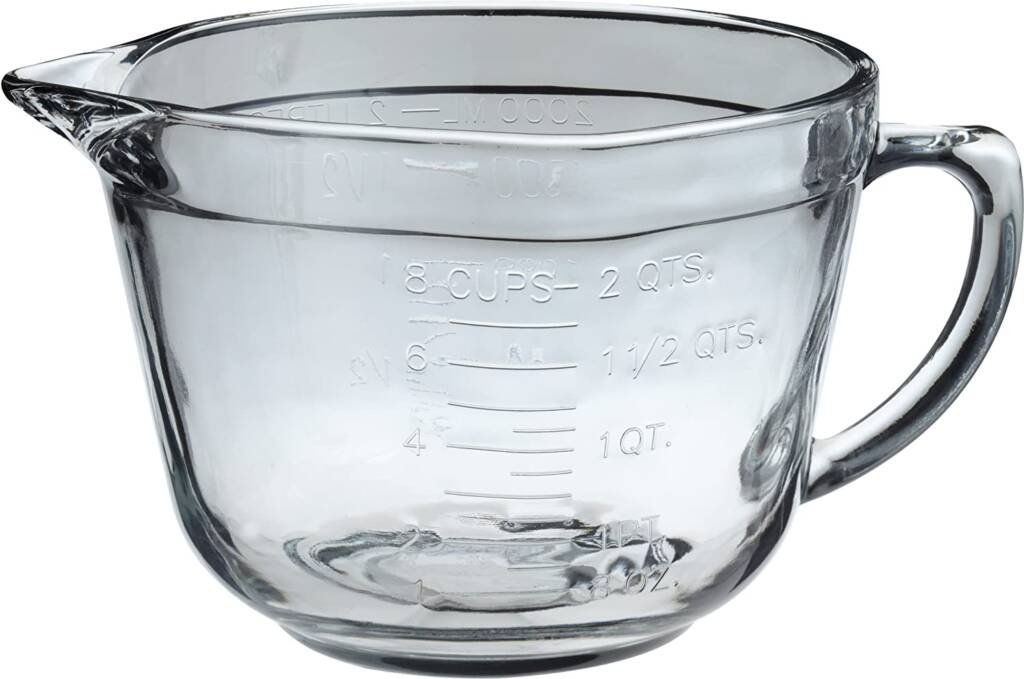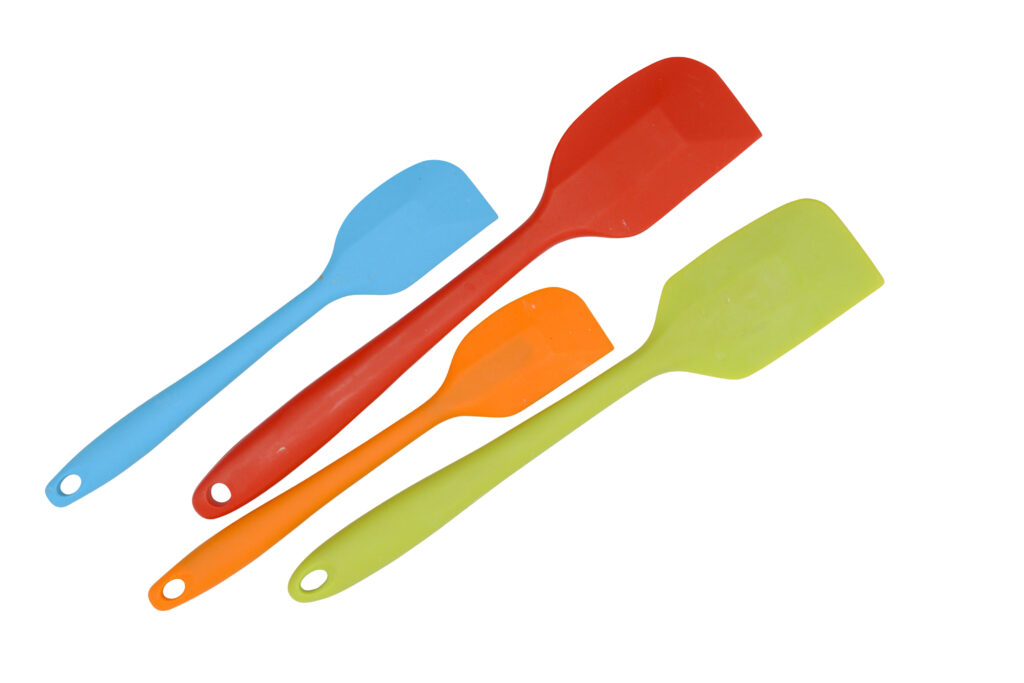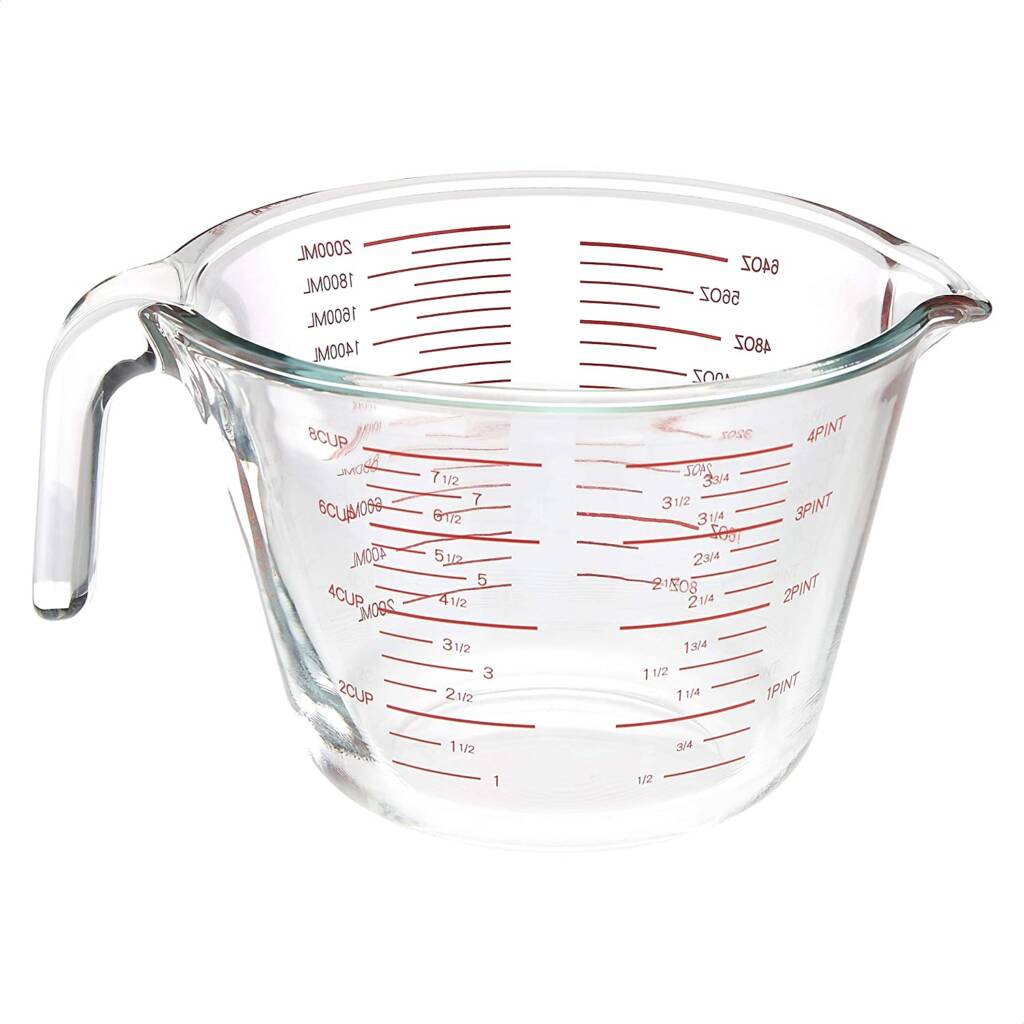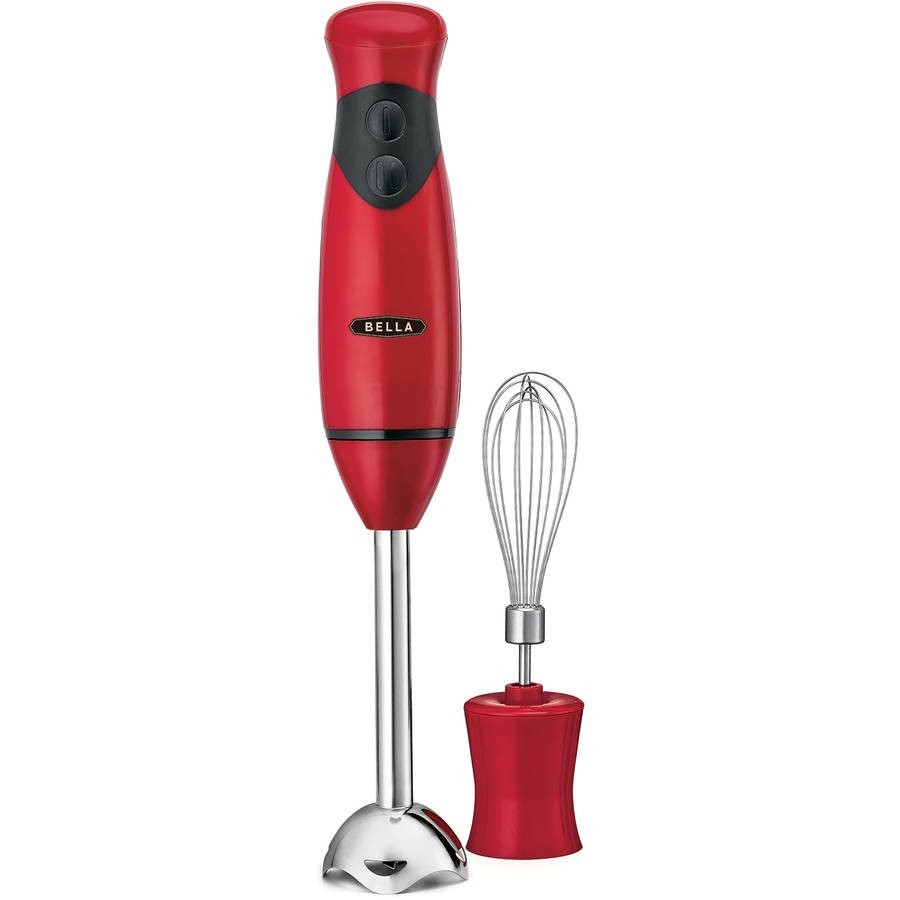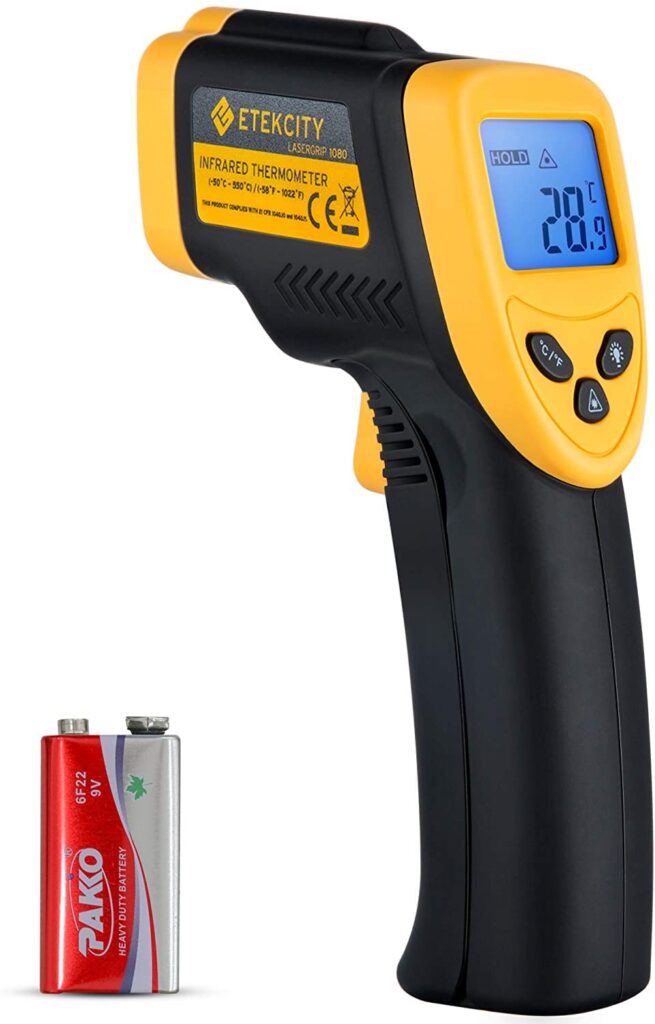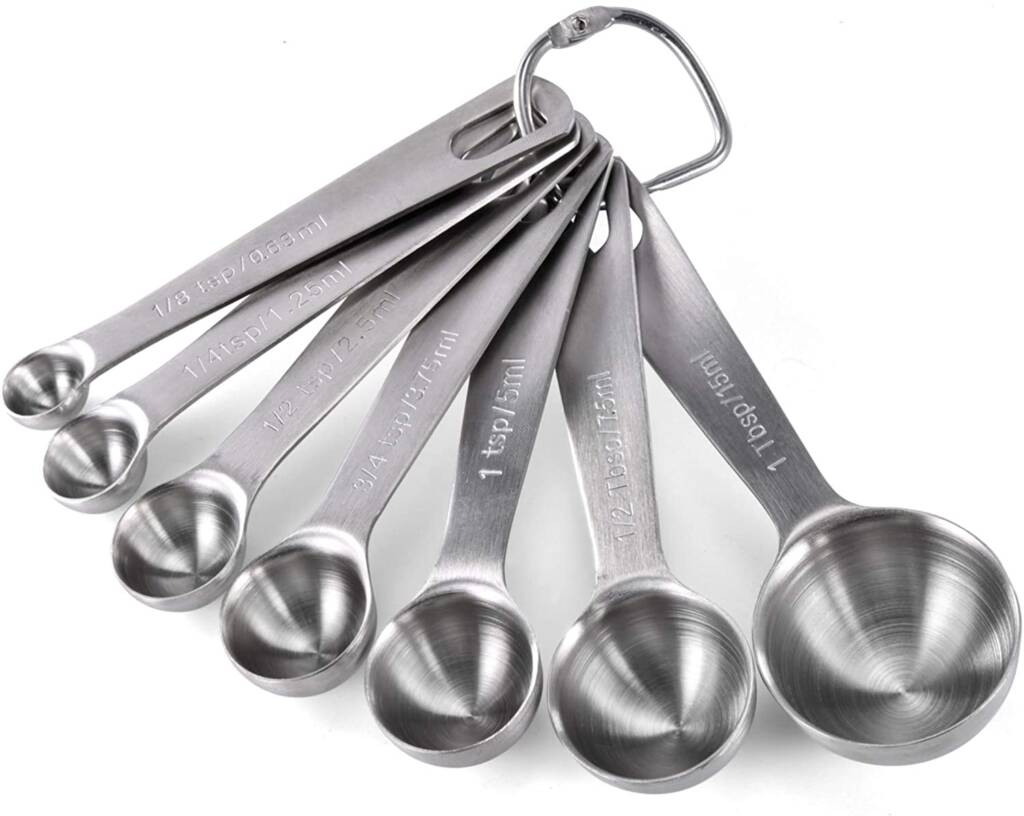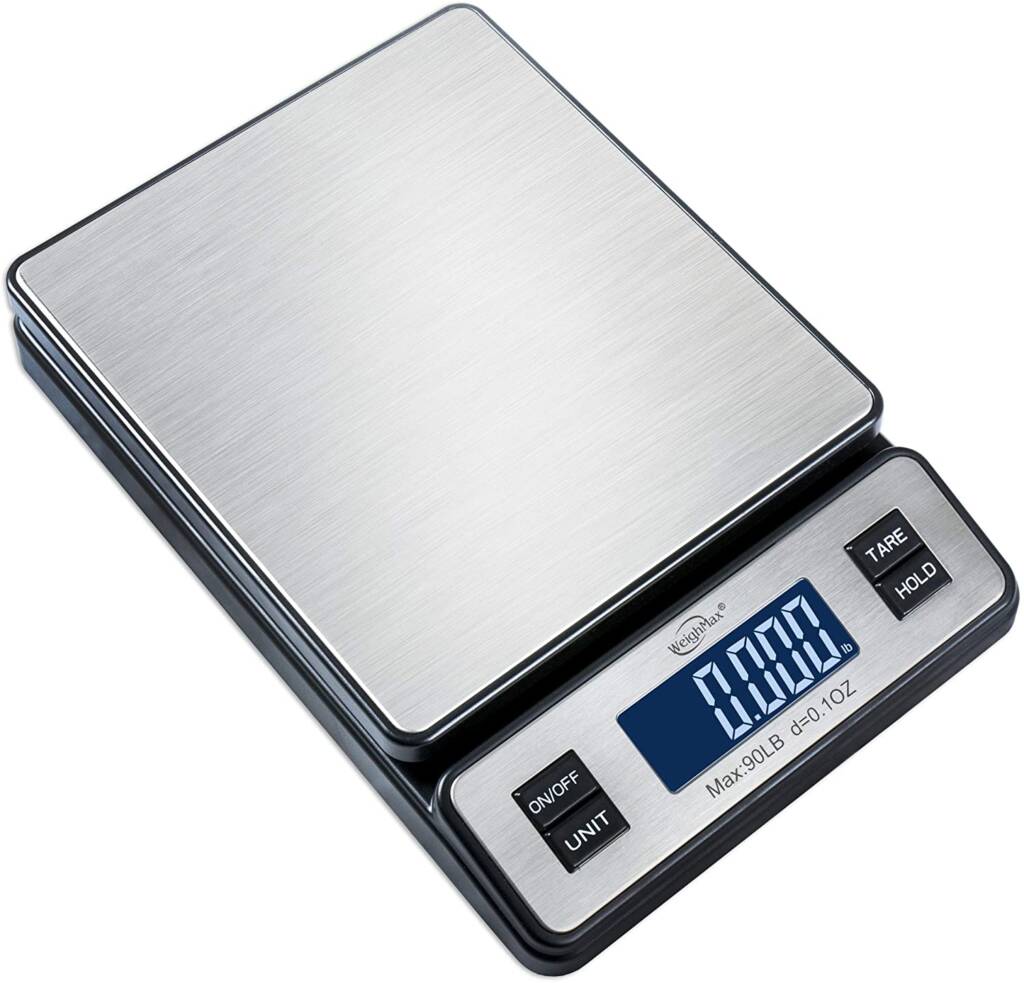Soap making level – BASIC
50/50 Basic Soap Recipe
A 50/50 soap recipe is one of the first soap recipes we teach to our beginner soap makers in our soap workshops. Its also the most asked question of how to make a basic cold process soap.
This soap recipe is a quick and easy recipe to follow and the bar is a hard and bubbly bar with good cleansing properties.
This basic soap contains no fragrance nor essential oil however adding it is recommended as the olive oil can have a desired scent that you may want to mask.
Because its such a basic recipe it can be modified to also add color or other additives such as oatmeal or even charcoal or turmeric. As the name implies this cold process soap making recipe calls for two oils. Coconut Oil and Olive oil at even amounts for a loaf mold.
Cold Process Soap Making
Cold process soap making is easier than many may think. It can be a bit nerve wrecking especially when it comes to handling lye. This corrosive chemical reacts with water and begins to heat up drastically.
It is good to make safety procedures standard and a habit when it comes to making cold process soap. Many soap makers have stated that after making soap for a while it becomes easier and less scary once they stick to safety protocols.
Cold Process Soap Making Safety
The one key point that is stressed as we teach and we will stress here at Bahamas Candle and Soap is the importance of safety in candle and soap making.
When making soap you will be working with super heated materials with the potential to cause major skin burns. You must be sure that you are properly prepared.
The main ingredient in soap making is sodium hydroxide also known as lye. This corrosive chemical reacts with water and begins to heat up drastically, however this chemical reaction is needed to convert oils into soap.
It is good to make safety procedures a standard and a habit when it comes to making cold process soap. Many soap makers have stated that after making soap for a while it becomes easier and less scary once they stick to safety protocols
Sodium Hydroxide – Lye SAFETY
Sodium hydroxide is an inorganic compound used to emulsify the fats of oils into soap. When used properly in soap there will be no lye left over in the soap as its chemical makeup changes to create the actual soap.
When handling lye be sure to protect your exposed skin. Here are a few items we recommend you have.
- Gloves
- Long sleeve shirt
- Long pants
- Closed toe shoes
- Safety Glasses
These items will ensure if there are any accidents such as splashes you will keep your skin safe from the burning sensation of lye.
NOTE
- Use an appropriate container to hold your lye and to mix your lye water. Heat tempered glass works very well or hard plastic containers.
- When making your lye water remember to add the LYE to the WATER and never the other way around.
- Mix you lye solution in a well ventilated area. The fumes that will arise from mixing water and lye can become noxious to some persons while its chemical scent can burn your nose and make your eyes water.
- Ensure that you are wearing your safety glasses, rubber gloves, long sleeve shirt and pants and close toe shoes. This is to avoid any splashes getting on your skin. Another reason is that if you use a container that cannot handle the heat created by the lye water solution it could break and the entire solution can get on your body.
- Learn more about lye safety HERE
Oils
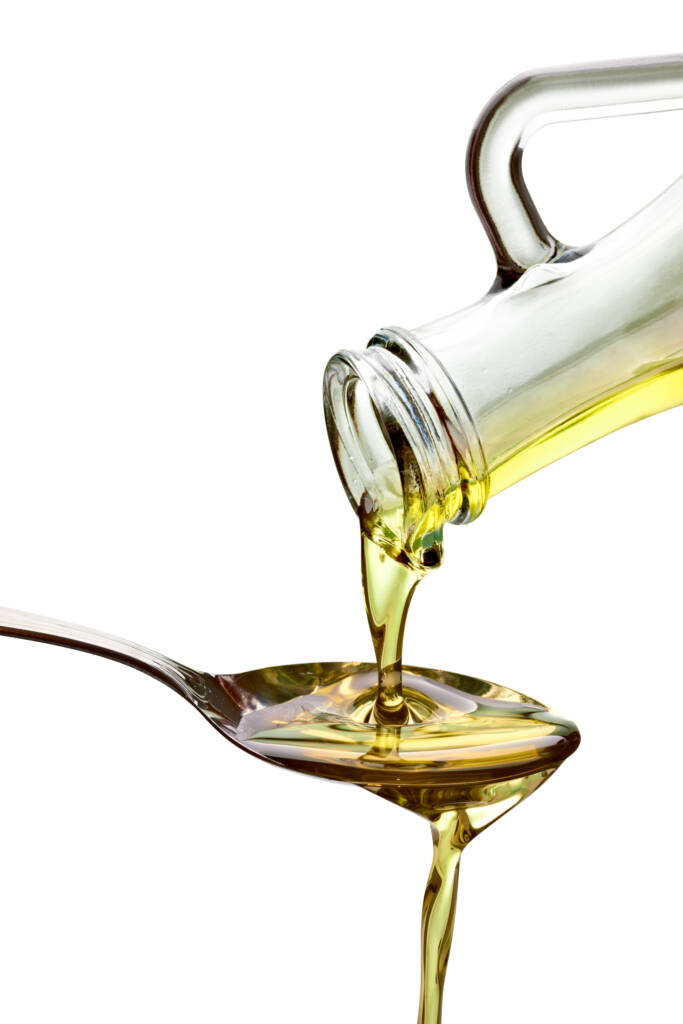
In some recipes and depending on where in the world you live you may have to pre heat your oils. Oils can also burn the skin when heated hence ensuring that you are safe from splashes or spills is very important.
This recipe uses Olive and Coconut Oil ONLY
Basic Cold Process Soap Making Ingredients
| Ingredient | Percentage | Weight | Purchase Items |
|---|---|---|---|
| Olive Oil | 50% | 16oz | |
| Coconut Oil | 50% | 16oz | |
| Distilled Water | 10oz | ||
| Lye (NaOH) | 4.6oz | 16oz | |
| Sodium Lactate (optional) | 2tsp | 10oz | |
| Scent (optional) | 1.4oz | Fragrance |
Tools Needed for Cold Process Soap Making
- 2 qt Glass Mixing Bowl
- 16 oz glass measuring cups (TWO)
- Silicone Spatula
- Stick Blender
- Infrared Thermometer
- Steel Whisk (optional)
- 1 tsp measuring spoon
- 42 oz Loaf Mold
- Food grade scale (ounces)
Tools needed for 50/50 cold process soap.
Instructions
Follow the steps carefully to ensure that you remain safe during the process. Although this is a basic soap recipe, handling lye water can still pose a problem if safety steps are not taken.
This is a fairly simple recipe with only 2 oils and the other required ingredients of lye and water.
The beauty of this recipe is that you can adjust the percentages for a different result in your end soap.
1 – Lye water preparation for 50/50 cold process soap recipe
Remember to observe the safety protocol for handling sodium hydroxide. Add lye to water (never the other way around) slowly mix until dissolved.
When mixing you can use your silicone spatula or steel whisk. To ensure an even harder bar and to make it easier to remove from the mold add sodium Lactate to the lye water mix.
Because lye water gets super heated to sometimes over 200 degrees its best to let cool to 80-100deg. (Can put in freezer to speed cooling). Preparing your lye water first will give it time to cool as you prepare other portions of the soap making process.
- Using your heat tempered measuring cups measure out by weight using your scale 10.oz of distilled water
- Use your second measuring cup to weigh out 4.6oz of sodium hydroxide/lye.
- Add your lye to the water (never the other way around) slowly and mix using the steel whisk or silicone spatula until dissolved. Check the temperature of the lye mixture once the lye has been dissolved. It can be up to 200 degrees Fahrenheit.
- Set your lye water to the side to cool but safely away from any accidents such as bumping the table or knocking over the measuring cup. (NOTE – depending on your location and ambient heat, you can place your lye water in the refrigerator to cool quicker. You will want to check on it every 5 minutes taking its temperature using the infrared thermometer. 120-130 degrees Fahrenheit is a good temperature that you are looking for.)
- To ensure an even harder bar and to make it easier to remove from the mold add the 2tsp of sodium Lactate to the lye water mix but it is unnecessary for this recipe.
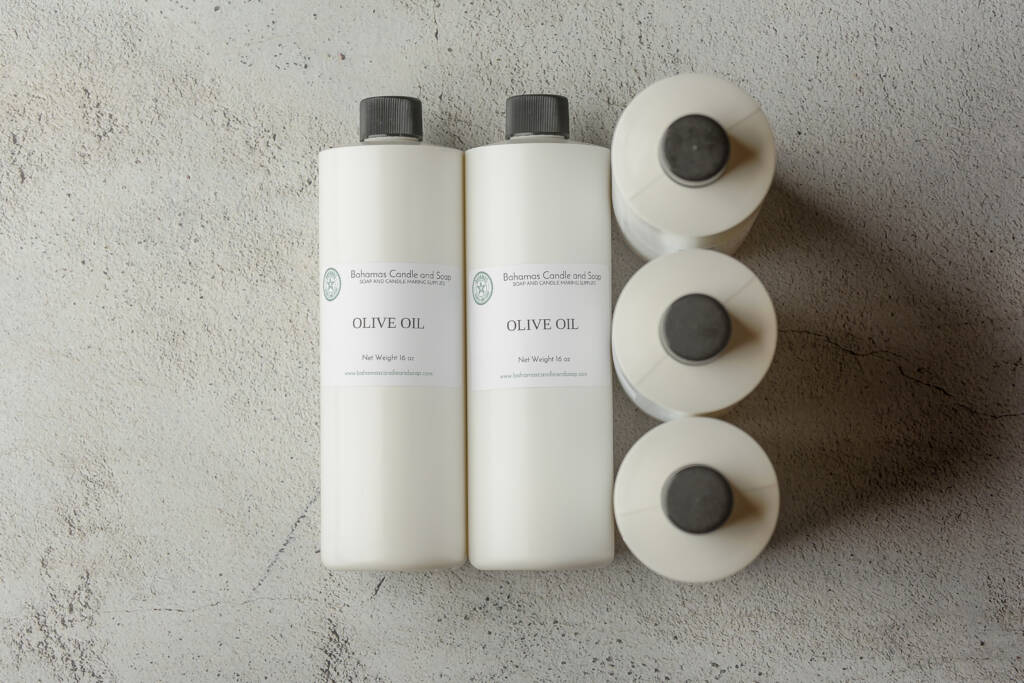
2 – Oils for 50/50 soap recipe
Add all of your oils in together in 2 qt large bowl. Depending on where you live your coconut oil may solidify due to cooler weather, if this happens warm to a point where oils are clear and blended
You will need your oils in a liquid state and at the right temperature roughly between 80-120 degrees Fahrenheit, before continuing. Again if you are not sure how to do this skip over to the other article How to combine multiple oils for soap making.
With all you oils combined in the mixing bowl I find it a good practice to stir the oils together either with a spatula or more vigorously with a stick blender the more oils used. This is to ensure that the oils marry well within the mixture and are prepared for the lye water.
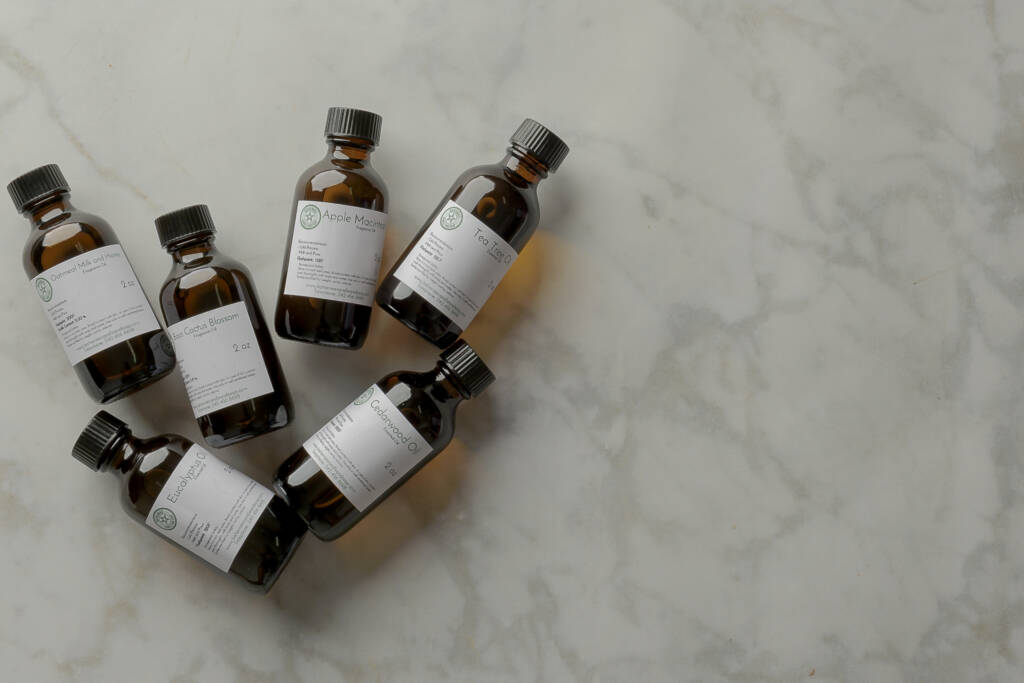
3 – Add Essential or Fragrance Oils (optional)
If you have an essential oil or fragrance oil that you would like to add to your recipe this is a good time to add it to the oil mixture.
There is one caveat to this however. Not all fragrance oils behave well in cold process soap making. You must ensure that you now how the fragrance oil will react to the soap.
Sometimes this means that it will accelerate trace, it will discolor or it some cases when adding the carrot puree it can cause the soap to begin to separate. Make sure you choose the right fragrance oil. We recommend using essential oils as they are more reliable
Measure out fragrance in a glass container. (do not use plastic container for essential oils) When measuring use wax paper on top of your scale to avoid the oil spilling on the plastic of the scale. Essential oil eats at plastic and will destroy your scale.
Make it a habit when using fragrance or essential oil to use a glass container. Add the fragrance to your oil mixture in the mixing bowl and stir. Now you are ready to add your lye water.
NOTE – if your fragrance accelerates trace then adding it to the oil is not the best option. Wait until you have reached a light trace to add your fragrance.
If you are using essential oils, measure out oils in a glass container. (do not use plastic container for essential oils) When measuring use wax paper on top of your scale to avoid the oil spilling on the plastic of the scale.
Essential oil eats at plastic and will destroy your scale.
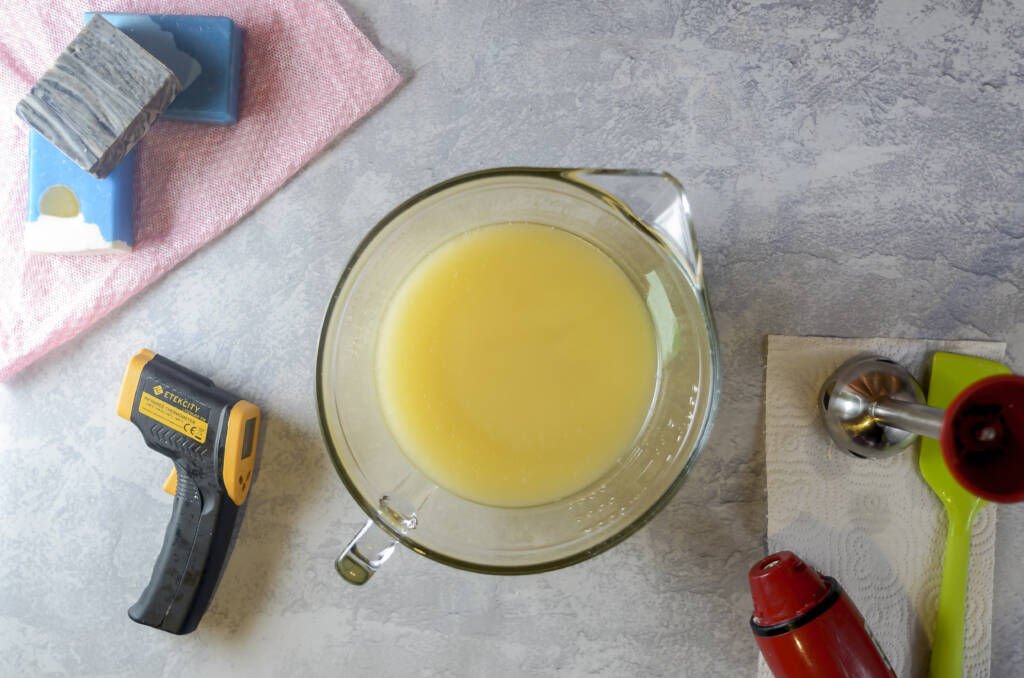
4- Mixture – combining oils and lye water
- Take note of the temperature of your oils and your lye water. At this point they both should be between 80-100 degrees Fahrenheit but closer to 100-120.
- With your stick blender in your oils well burped, pour your lye water into your Oil mixture along stick blender to prevent bubbles.
- Begin to blend the lye water and oils together with short pulses from your stick blender and then longer sustained mixing. (Depending on your fragrance oil, trace may be accelerated if you added the fragrance to the base oils, be sure to work quickly and blend to light trace. If you did not add the fragrance to the base oil then continue.)
- Mix your batter until you have reached a light trace.
- Add fragrance to your soap at light trace if it will accelerate the batter.
- Continue to sick blend the soap batter to a medium thick trace. At this point the batter is still fluid enough to pour into your mold easily. Remove the stick blender and continue to mix with your spatula or whisk to keep the batter fluid.
- Pour mixture into the loaf mold, and ensure you scrape out any remaining batter into the mold. Tap the mold on your work bench to remove any bubbles from the poured batter. You can design the top as needed
- Depending on ambient temperature of your work room, cover with cardboard or wax paper over top then put to bed with towels to go through trace.
- (NOTE – If in a room at 75deg or more leave open and exposed as putting it to bed with a covering will most likely cause it to overheat and volcano. If in a cooler room cover the soap to let its own heat help take it to gel phase.)
- Because of the coconut oil this soap will harden fast. Keep an eye on the soap batter if your room ambient temperature is more than 75 deg. It may begin to crack and volcano. In this case place it in the refrigerator for 10 minutes to cool it down.
5 – Removing your soap from the mold
- Let you soap sit for 24 hours before removing from the mold.
- Check its readiness to be handled and removed by pressing lightly on the top of the soap. It should be slightly hard to the touch.
- After cooling remove the silicon and soap fro the wooden mold by turning the mold upside down. The silicone part should slide out easily.
- Pull the sides of the silicone mold away from the soap slowly.
- Once all four sides are pulled away turn the silicone mold upside down and while pulling at the two narrow end of the silicone press down gently on the bottom of the silicone onto the soap.(this will help release the soap from the mold)
- As the soap begins to slide out of the mold help it along the way by pushing on the bottom of the mold until it slides completely out of the mold.
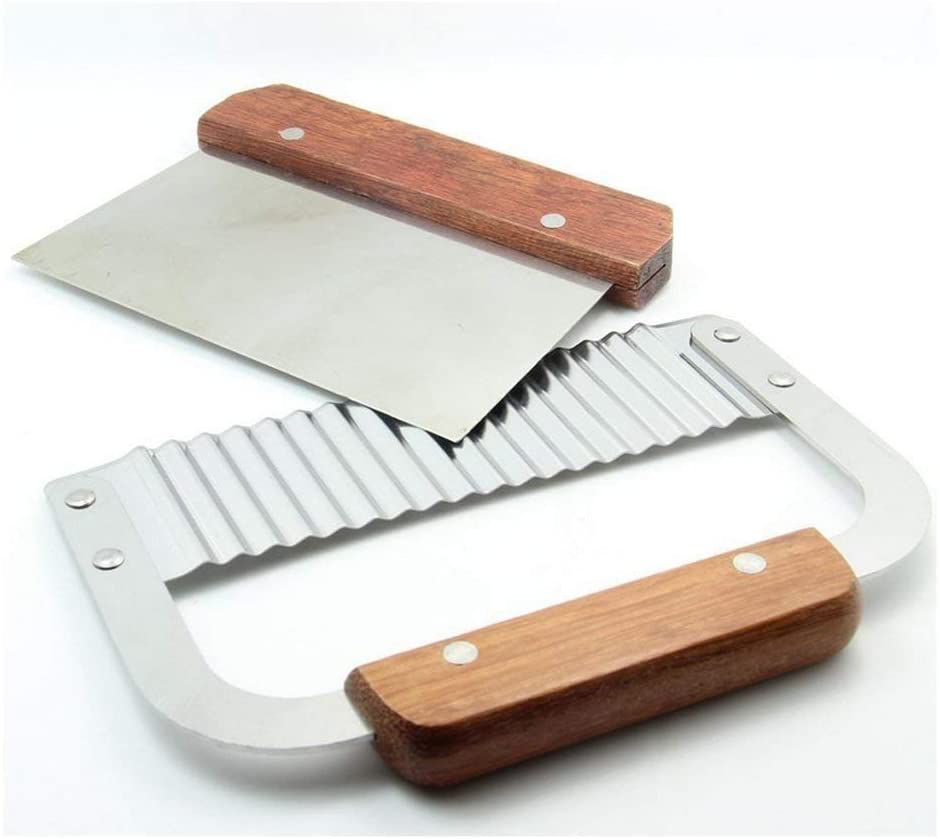
6 – Soap Cutting and curing
Cutting your soap is completely up to you. You can cut as thick or as thin as you like. The most standard thickness is often at 1 inch. For a typical soap loaf this will yield 10 bars of soap.
The best time to cut a 50/50 soap is the next day, typically 24 hours. With the amount of coconut oil in the soap means that the overall soap will get harder faster than normal. Usually by the first week of curing it becomes harder to cut such a soap.
Another popular way to cut soap for gifts is to cut at one inch thick and then take each bar and cut in half. This way you have 20 small gift size bars of soap.
Tools to cut soap can be a semi sharp knife such as the hard plastic type.
A common cutter is the soap cutter. Soap cutters are hard metal devices with a wooden handle to push through a soap to make bars.
The last type of cutter are apparatus made with a wire that allows an easy, even and clean cut on each bar of soap.
- Cut your soap using a soap cutter, a knife dedicated to soap cutting or a wire cheese/soap cutter.
- Cut them 1 in thick, or to any thickness you like (Just do not leave it as one full loaf for long, the longer you wait the harder it becomes to cut the soap because it will begin to cure and get harder)
- Let your soap bars sit in a cool dry place for 4-6 weeks to cure. (Curing removes the excess water from the soap, this causes the soap to last longer.)
- Rotate your soap, changing the part that it sits on around to allow even evaporation of water from your soap.
- If you want to track its rate of curing you can weigh the soap bar directly after cutting it and over the next few weeks weight it again. When the weight becomes negligible to track your curing process has completed.
Congratulations on making your 50/50 Cold Process Soap
Congratulations you have made you first basic soap. Be sure to practice a few more times to ensure you get the technique down pat. We also carry soap making kits that are great to get started with if this is your first time making cold process soap.
This balanced soap is great for oily and combination skin. If you have dry skin this may remove more of your natural oils from your skin.
To keep your skin healthy we recommend a 50/50 soap but at 20% super fat. If you are not sure how to increase your super fat you can always remoisturize your skin with shea butter.
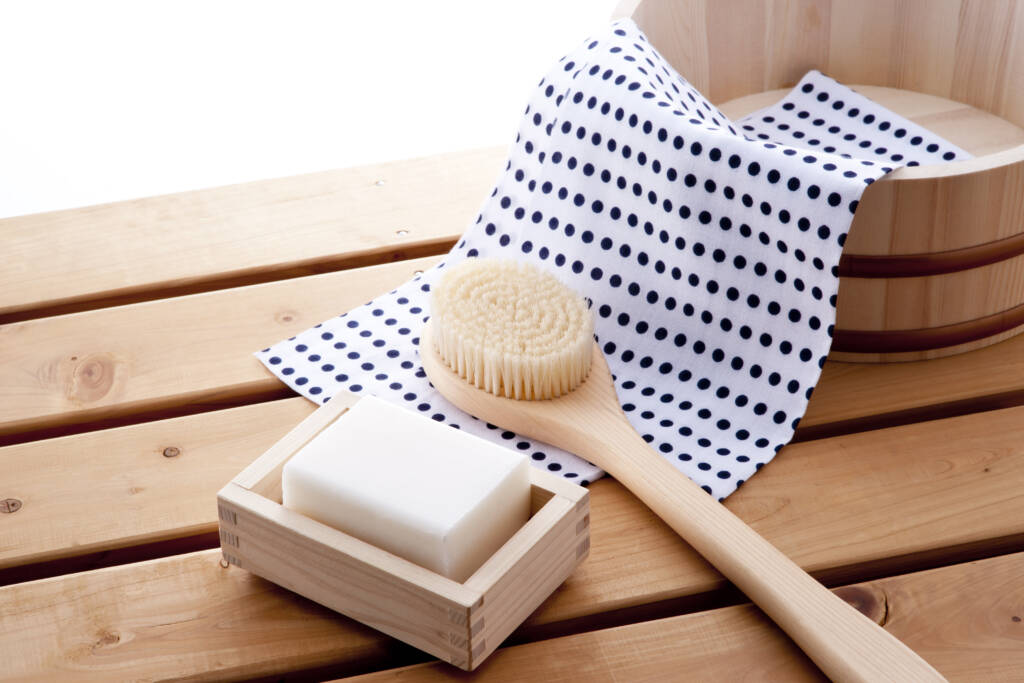
Recent Posts
Best Practices for Using, Storing, and Keeping Soap Molds for a Long Time
Soap making can be a rewarding and creative pursuit, allowing artisans to craft unique products while exploring their artistic side. One of the most critical components of this process is the soap...
Recommended Soap Molds Soap making can be an exciting hobby or even a profitable business but you wont get very far if you make a batch of soap and have no way to shape and mold it. This is where...
